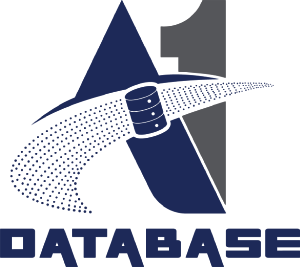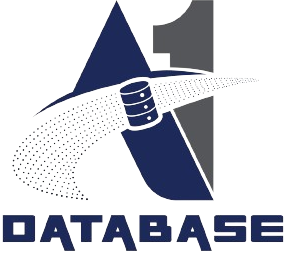- December 9, 2024
- by Admin
- Data Cleansing
- Remove duplicate contacts.
- Correct structural errors.
- Address missing data.
- Keep your data fresh.
- Standardize data entry.
Remove duplicate contacts:
The occurrence of duplicates is generally attributed to two main issues: inconsistent data entry and the use of multiple channels for collecting contact information. Fortunately, there are tools designed to assist in the elimination of duplicate data. For instance, users of Google Contacts can merge their contacts and identify duplicates without any cost.
If you have not previously performed a de-duplication process, you may need to manually review and adjust your contacts. While this may require a significant investment of time, implementing standardized data entry practices across the organization and prioritizing data quality will mean that this effort is only required once.
Here are some strategies to aid in de-duplication:
- Utilize a de-duplication tool like Decuple.
- Leverage data validation tools to verify the accuracy of your data, such as email verification services. Experian Data Quality provides effective validation solutions for bulk checking of emails, addresses, and phone numbers.
- To avoid duplicate contacts in different applications, maintain synchronization among your core tools to eliminate redundant data entry.
Correct structural errors:
Structural errors are characterized by typographical errors, atypical naming conventions, inconsistent abbreviation usage, variations in capitalization, punctuation errors, and other mistakes that generally result from manual data entry and inadequate standardization. For example, “Not Applicable” and “N/A” could be seen as separate categories, although they should be analysed as identical.
Address missing data:
The inevitability of missing data presents a challenge.
To address this, one can consider the following strategies:
- Remove entries with missing values.
- Fill in missing values using information from other areas of the dataset.
- Mark the data as missing.
While these solutions may not be perfect, they can help to reduce the adverse impact on your data analysis.
Keep your data fresh:
All databases experience degradation over time. According to an A1 database, approximately 30 percent of corporate data becomes obsolete annually. This deterioration can be attributed to various factors, such as individuals changing their email addresses, acquiring new phone numbers, departing from organizations, and altering job titles.
To maintain the accuracy of your data, it is advisable to adopt several strategies. One effective method is to utilize parsing tools that automatically scan incoming emails and update contact information as it becomes available. For instance, if a contact transitions to a different company, your central database will be updated in real time.
Additionally, it is prudent to remove any email addresses that have bounced or opted out, as this information is typically accessible through your email marketing platform. This practice not only ensures the freshness of your data but also minimizes the risk of being categorized as spam.
Standardize data entry:
The success of the aforementioned strategies is contingent upon the implementation of company-wide data entry standards. It is vital to create guidelines that dictate whether values should be in lowercase or uppercase, the units of measurement for numerical data, and the required fields for contact record creation. Additionally, employees should be trained to check for duplicates before entering new contacts and to use the appropriate applications for data entry. This will significantly reduce the time spent on identifying duplicate, incorrect, or outdated data.


